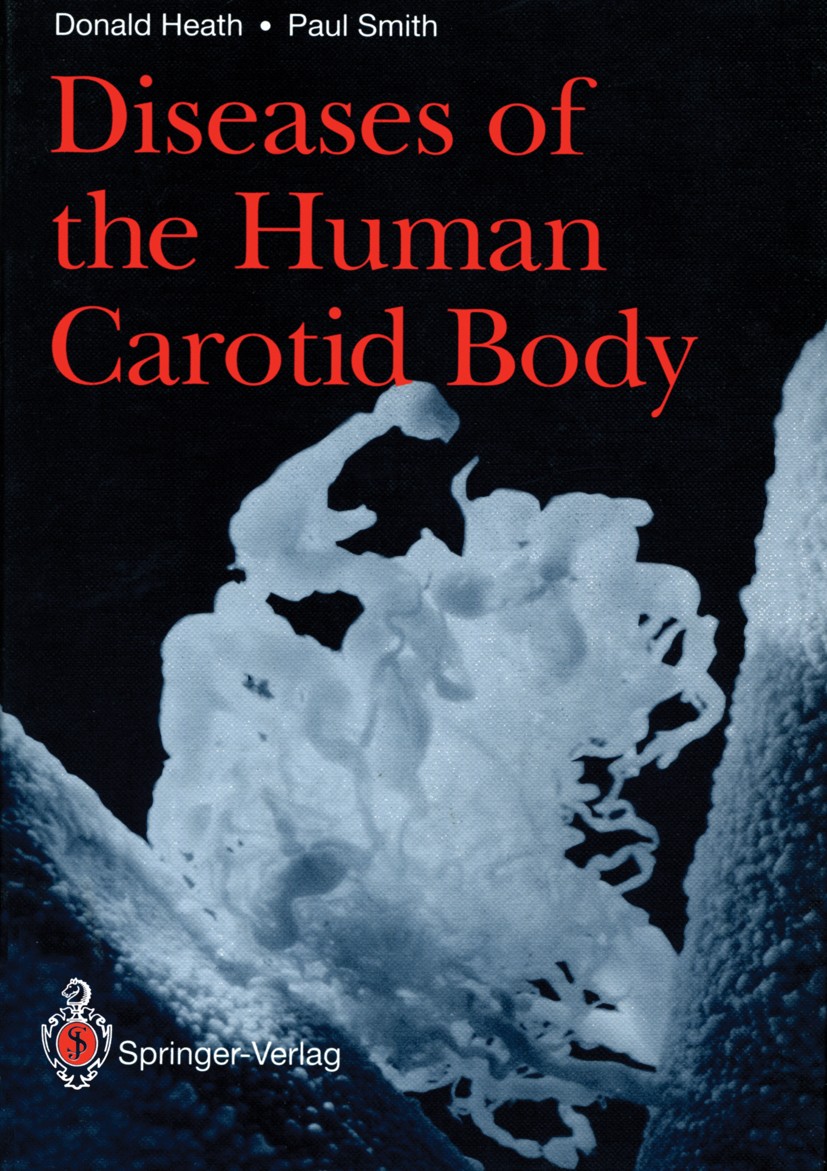| 书目名称 | Diseases of the Human Carotid Body | | 编辑 | Donald Heath,Paul Smith | | 视频video | http://file.papertrans.cn/282/281312/281312.mp4 | | 图书封面 |  | | 描述 | Ever since its discovery in 1742 the carotid body has remained an organ of mystery. Originally described as a ganglion, it was subsequently regarded as a gland, chromaffin paraganglion and non-chromaffin paraganglion. In 1928 it was shown to be a chemoreceptor with close associations with the function of baroreception in the adjacent carotid sinus and perhaps within its own substance. These discoveries led physiologists to embark on a series of elegant experimental studies on a number of animal species which have, however, so far failed to identify the transducer for detection of changes in tension of arterial blood gases or the mechanism of chemor eception. Pathologists on the other hand have largely ignored the carotid body, restricting their interest to its tumour, the chemodectoma. A remarkable disparity in knowledge of the organ has resulted, with most information being available on the physiology of chemoreceptor tissue in laboratory animals. In contrast, there has been sparse interest and awareness of the pathology in man of this nodule of tissue lying in the carotid bifurcation whose functional activity is suggested by the high blood flow it receives, and its rich content | | 出版日期 | Book 1992 | | 关键词 | Chemodectoma; Chronic carotid glomitis; Human carotid body; Sudden infant death syndrome; physiology | | 版次 | 1 | | doi | https://doi.org/10.1007/978-1-4471-1874-9 | | isbn_softcover | 978-1-4471-1876-3 | | isbn_ebook | 978-1-4471-1874-9 | | copyright | Springer-Verlag London Limited 1992 |
The information of publication is updating

|
|
 |Archiver|手机版|小黑屋|
派博传思国际
( 京公网安备110108008328)
GMT+8, 2025-12-20 10:58
|Archiver|手机版|小黑屋|
派博传思国际
( 京公网安备110108008328)
GMT+8, 2025-12-20 10:58


